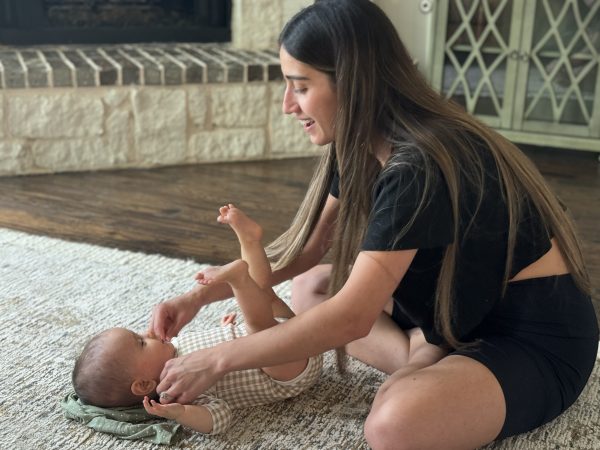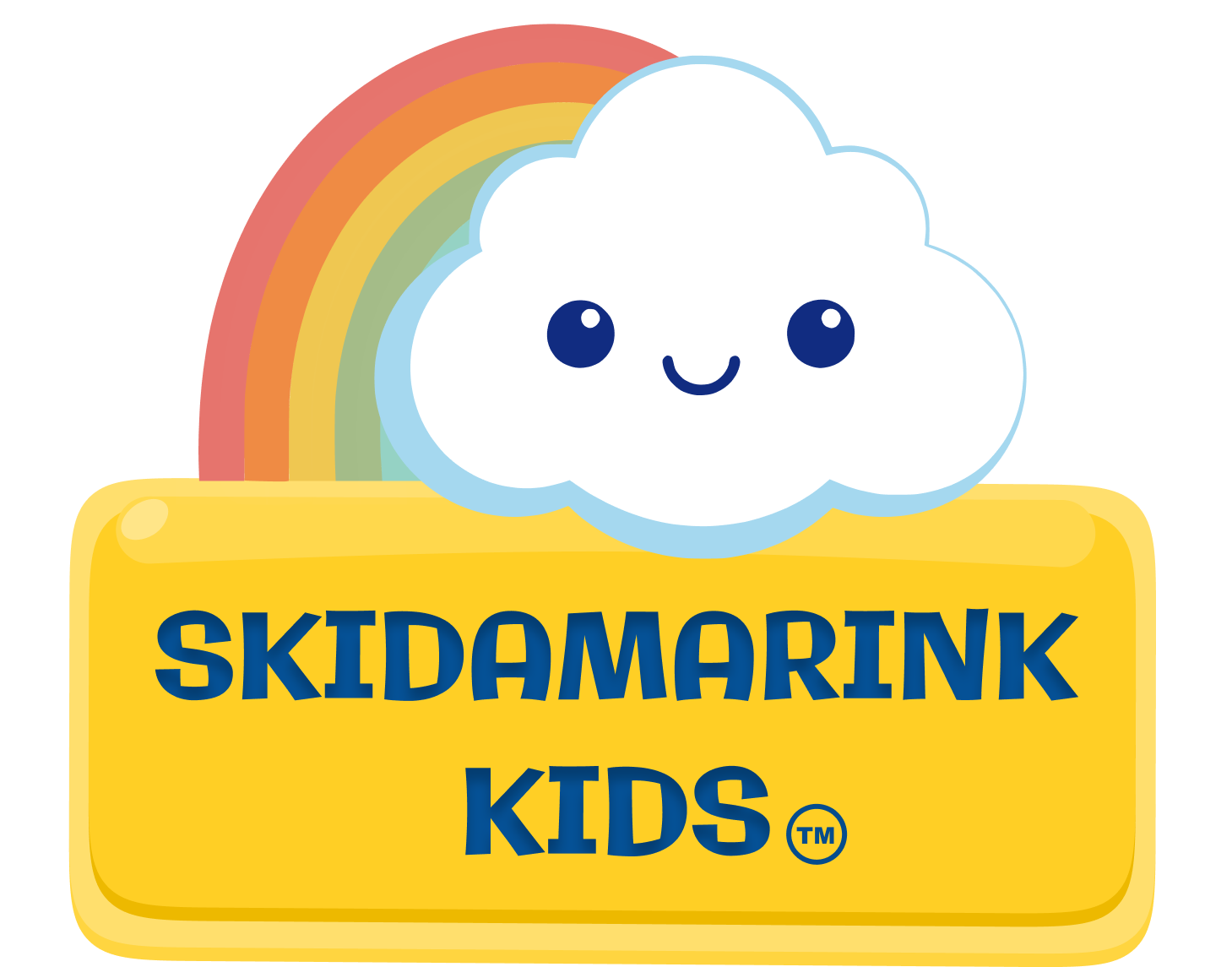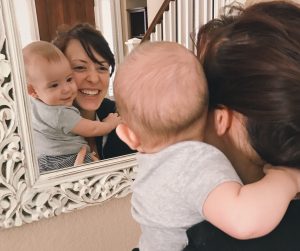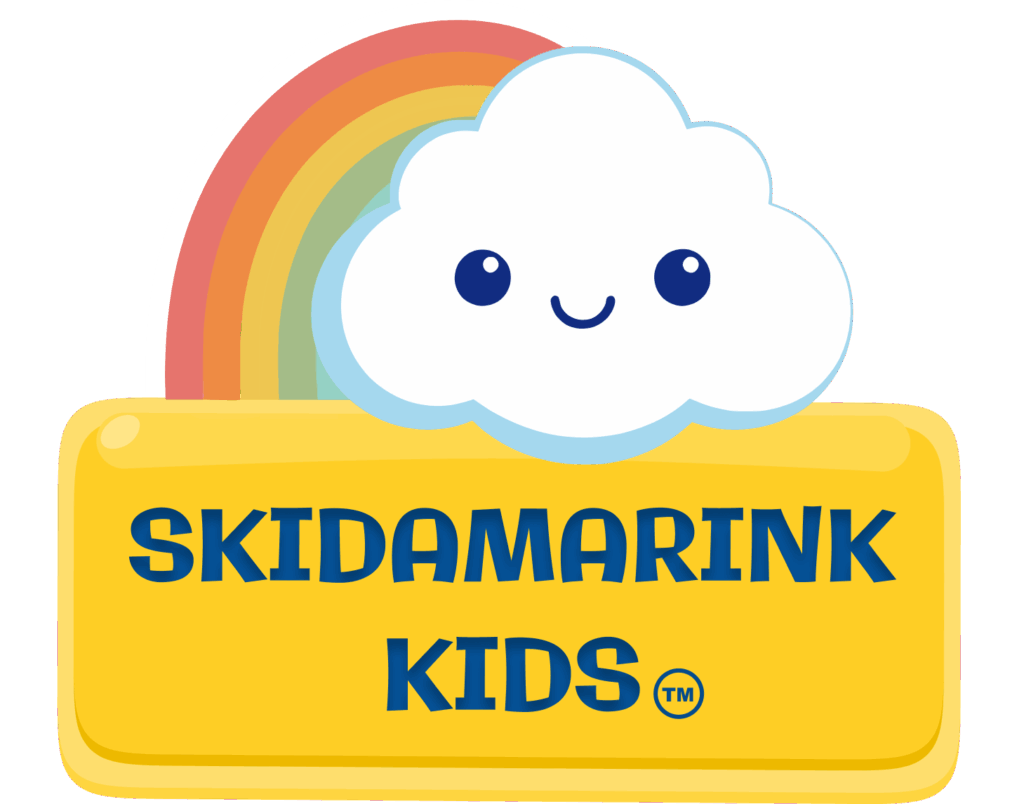The right face-to-face distance can transform your bonding experience. When you find the best baby positioning for bonding, your baby sees you better. They respond more. Eye contact improves. Smiles come easier. Your little one feels more connected to you. This simple change strengthens your parent-child bond in powerful ways.
This easy factor can change how your baby sees you and responds to you. We will explore the optimal distance between your face and theirs, so you can find the best baby positioning for bonding at each stage. These face-to-face bonding tips will help you connect better with your little one.
Check out our blog, Face to Face Interaction With Baby: Building Bonds, to discover why face to face interaction with baby builds brain development, emotional bonds & social skills. Simple ways to connect daily.
The Newborn Stage (0-2 months)
Your newborn’s vision is still growing. They see best at about 8 to 12 inches from their face. This is roughly the distance between your face and theirs during feeding. Your baby loves looking at faces and high-contrast objects. They especially like your eyes and hairline.
Position yourself at this “sweet spot” distance when talking to your baby. Sing to them at this distance too. This helps your baby focus on your features better. Using the best baby positioning for bonding from the start sets a strong foundation for emotional learning. These early face-to-face bonding tips create lasting connections.
Early Infancy (2-4 months)
Your baby’s vision is getting better now. They can focus on objects 12 to 18 inches away. This is an exciting time for parents. Your little one begins to smile socially. They engage more actively with you too.
When playing on a mat, try this distance. Use it during diaper changes too. Position your face at this distance. You’ll likely see more smiles. Eye contact increases too. These simple face-to-face bonding tips work during everyday activities. Take the time to soak up these moments and be present with them. I promise the laundry can wait.
Middle Infancy (4-6 months)
Your baby can see across a room now. But close interaction is still what matters for social growth. A distance of 18 to 24 inches works well during floor play. Use this distance for social games like peek-a-boo.
This slightly bigger distance gives your baby space. They can practice their new motor skills while you still maintain that important face-to-face connection. Take advantage of diaper changes to bond with them and to distract them. You will thank me for this tip when they get a little older and getting them to be still is a challenge.

Later Infancy (6-12 months)
Your baby moves around more now. They like different distances of engagement. Close-up interactions work during quiet moments (18 to 24 inches). Your child also benefits from watching you across the room. This happens as they explore their world.
This balance helps them develop confidence. They know you’re still there for comfort and connection while they enjoy their newfound independence.
Face-to-Face Bonding Tips: Signs Your Distance Is Just Right
Your baby maintains eye contact
They show engagement through smiles or coos
Baby reaches out toward you
Their expression looks alert and interested
Your little one isn’t turning away
They show no signs of being overwhelmed
When you see these positive responses, you know your positioning is working well. Trust these signals from your baby. They’re telling you that the connection feels good to them.
When to Adjust
Every baby is unique. Yours will tell you if you need to change your distance. Your child might turn their head away frequently. They might seem fussy during face-to-face time or try moving back slightly. If your baby strains to see you or appears to become frustrated, you might need to position them closer to your face.
Watch for these cues and respond accordingly. Some days your baby wants more closeness. Other days they need a bit more space to take in their surroundings. Both preferences are completely normal and change as they grow.
Bottom Line on Best Baby Positioning for Bonding
These distances are guidelines, not strict rules. The key is watching your baby’s cues. Adjust based on what you see. Some days they want closer interaction. Other times they need more space to process their world.
Trust your instincts. Trust your growing understanding of your little one’s needs. Some babies prefer closer contact. Others need more space.
Being mindful of the best baby positioning for bonding supports your child’s visual development and lays the foundation for communication development. It strengthens your emotional bond too. These face-to-face bonding tips become natural as you learn together. You’ll grow together in your parenting journey.
Want to learn more?
Want to learn more? Check out our guide on How to Read Baby Cues: What Your Baby Is Telling You for more information about bonding with your baby and How to Understand Newborn Cues: Early Communication Guide to recognize your baby’s signals from day one.
– Ali
Note to Parents
This blog is for informational purposes and not medical advice. My desire is to help you do what you can to support your child’s development in a natural way. Please reach out to your child’s pediatrician if you have developmental concerns.








